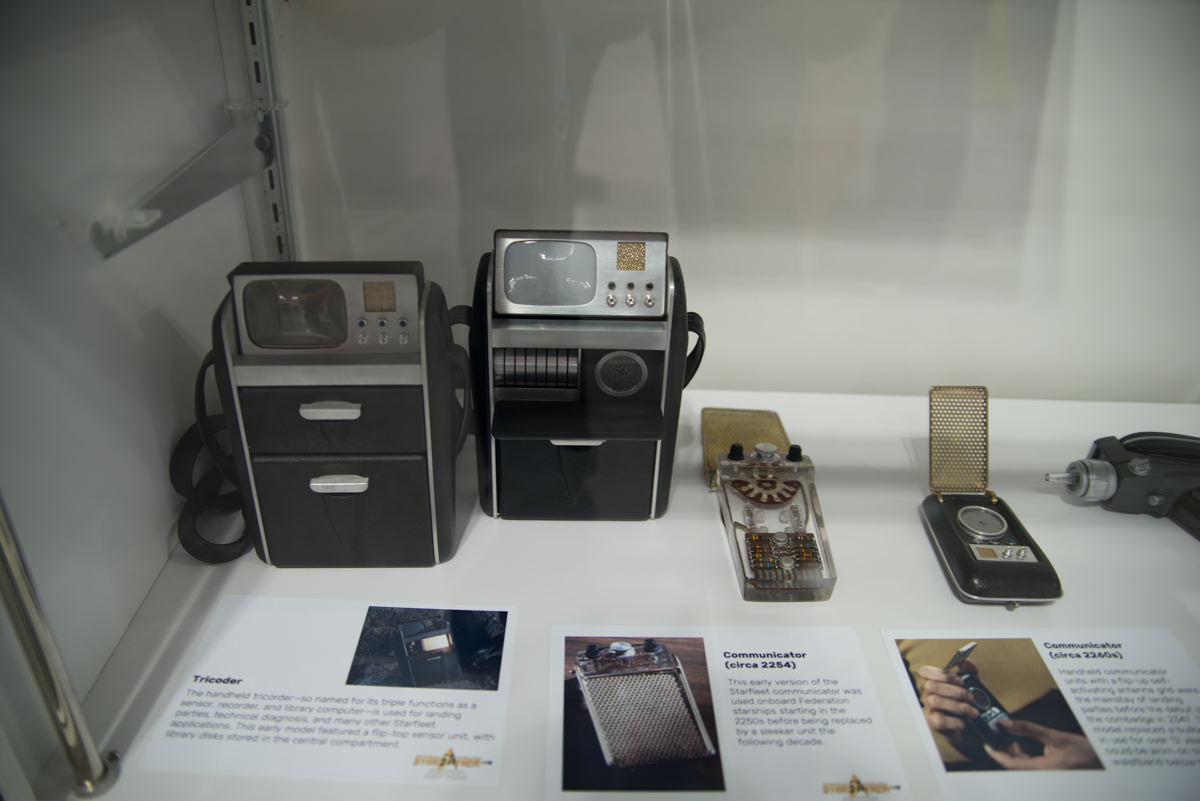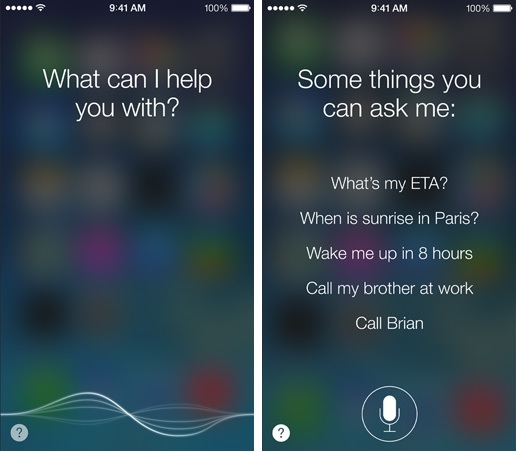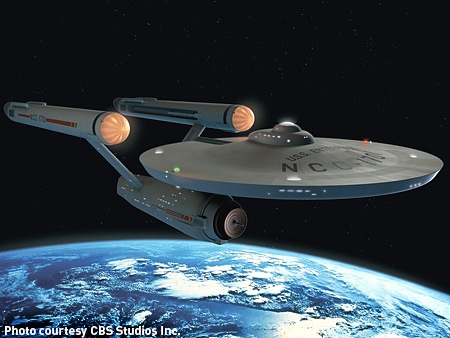By Joseph Nuzzo
Thursday marks the 50th anniversary of the premiere of Star Trek, the sci-fi television series and eventual movie franchise that continues to inspire not only legions of fans, but also important technological advances, as it launched its self-proclaimed mission “to explore strange new worlds, to seek out new life and new civilizations, to boldly go where no man has gone before.”
Star Trek-inspired scientific advances were among the topics discussed when fans gathered at the Jacob Javits Center in Manhattan over Labor Day weekend for the “Star Trek: Mission New York” convention.
“NASA works by science. It’s all mathematical, but science fiction is totally imaginative. It’s the exact opposite,” William Shatner, who played Capt. Kirk, told the crowd Sunday. “All these imaginative exercises of science fiction are food for the imagination of scientists who are actually working with technology.”
So, in the spirit of imagination, here a few technologies that were inspired by Star Trek.

Cellphones: Martin Cooper, an engineer at Motorola, was inspired by Capt. Kirk’s communicator on Star Trek. It gave him the idea to create the first handheld mobile telephone.

Tablet Computers: A staple prop of Star Trek engineers was the PADD or Personal Access Data Device. It was a small, thin, hand-held computer that engineers used to access information. Sound a bit like an iPad?

Language-based Computers: In Star Trek, characters interacted with computers by speaking with them. Today we use devices like Apple’s Siri and Amazon’s Alexa to use our voice to give basic commands to our personal devices.
https://www.youtube.com/watch?v=l8kiGHrcKKI
Lasers: Star Trek characters used directed energy weapons called Phasers. The U.S. Navy has already tested and deployed a directed energy weapon, the XN-1 LaWS. This weapons system fires a laser capable of downing an incoming enemy missile.

Teleportation: Due to budgetary constraints, it was too costly to film scenes of a shuttle landing on a planet every episode of Star Trek. So writers created an ingenious solution: teleportation. One minute you’re on the starship, the next minute you’re teleported to a planet. To return, all you usually had to say was: “Beam me up, Scotty,” and you were back on board the U.S.S. Enterprise in a nano-second. Scientists have successfully teleported photons in a lab using quantum entanglement.

Medical Tricorders: Dr. Leonard “Bones” McCoy used this device to quickly check the vital signs of patients and always make the correct diagnosis. The first real medical tricorders have just finished their development by a company called Cloud DX. It monitors five different vital signs, and can diagnose 15 different diseases.
Tractor Beams: Capt. Kirk and the crew used this invisible beam to pull things on board their space craft. Yup – scientists have a prototype of a working tractor beam. While it may be a long way from being put into widespread use, it has successfully pulled molecules in a lab.
“You can’t invent something if you haven’t imagined it,” Michelle Thaller, NASA’s deputy director of Science Communications told audiences during “Trek Talk NASA” at the convention on Sunday.
Here’s hoping that Star Trek will inspire scientific advances for another 50 years. Inspiring us to be better than what we thought we could be. To continue to strive, explore, innovate and most importantly, imagine. It is after all, what makes us most human.

























